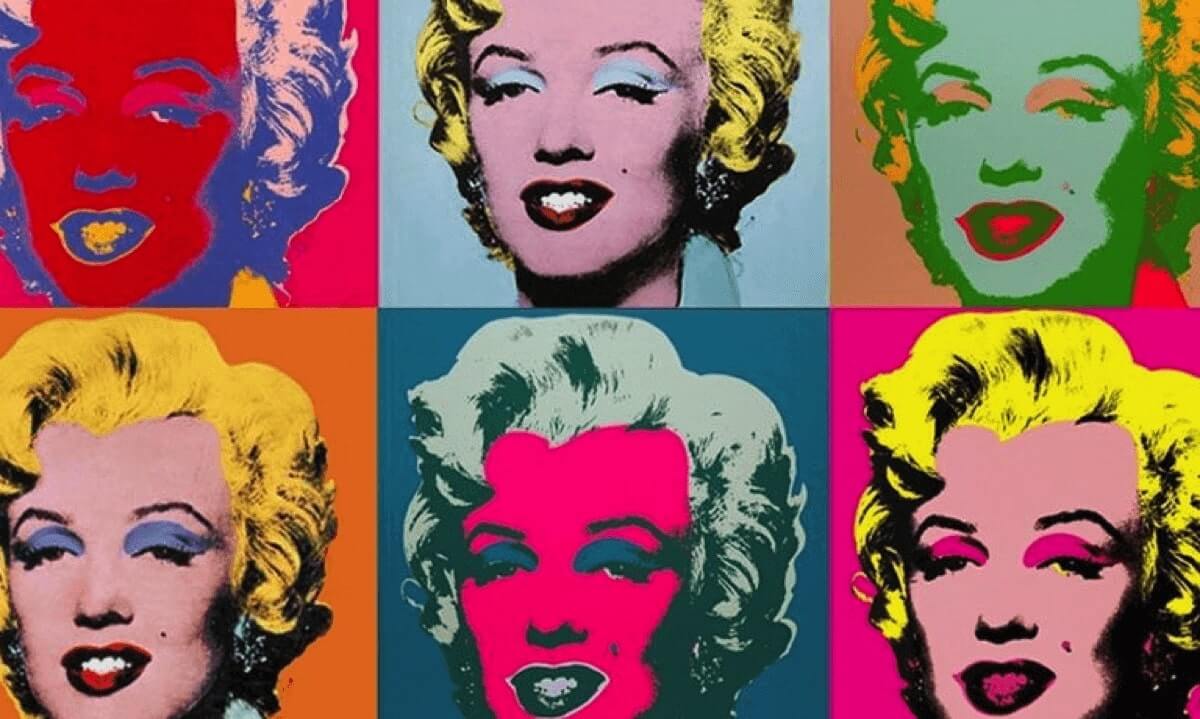
Language, Words and Contemporary Art
This week, Artsper examines the special relationship between contemporary art and words. How did these two languages interact between the ‘70s and the ‘90s?

Everything started with the evolution of graffiti. From the street to the metro, graffiti evolved, was replaced by tagging, huge signatures spray painted on whole subway cars, in a more or less elaborate style. The tags combined a visual element and an obscure symbolism. That was the moment when the difference between writing and painting disappeared, but in the graffiti vocabulary, the term “writer” was kept, which proves that the goal was the marking of their names. That means the word lies at the center of the medium.
The trend of graffitis that covered everything, from the ground to the ceiling, culminated at the end of the ‘70s, and it is then that this art form made its entry in the gallery commercial system. The artist Jean Michel Basquiat in particular managed to explore the full potential of this new hybrid art. After a period of graffiti practice, under the pseudonym “Samo”, he became one of the most famous painters of the ‘80s, up to his tragic death in 1988.
In this cultural climate, any dominant or totalitarian idea was seen in a suspicious light.
The disappearance of a dominant artistic theory opened the way to numerous artistic practices. In painting, figuration and expressionism made their comeback in the US as well as in Europe and, with these movements, the “demotic” lettering that had been baned by abstraction, pop art and conceptual art, came back too. This is how American artist Julian Schnabel, a representative of this new expressionism, got to paint in huge letters the name of Ignatius of Loyola, the founder of the Society of Jesus, an artwork that evokes numerous historical references.
German artist Anselm Kiefer started a new form of painting “of history”. His huge paintings, covered in thick layers of pigment, are marked by the presence of gestural written words, appearing through the hollow parts in the surface of the canvas. It is often the title of the artwork that is written this way. Written on the surface of the painting, these titles disfigure it and invade the viewer’s field of vision. The intrusion of these discursive elements brings into consciousness the fact that the surface of the artwork is an immediate presence. For Anselm Kiefer, uncertainty is important: “misunderstanding creates distance”. The texts provide an anchor for the image, keeping it inside the field of narrative references, concentrating on the tragic German history.
In a world that was changing dramatically under the influence of technology, in which borders were shifting, there was no surprise to see billboards everywhere. The invasive presence of advertising was emphasizing the gap between the global and the local, the political and the private sphere. This is how Canadian artist Ken Lum had the idea to mix shop signs with texts with emotional, absurd, political, funny or disturbing content.

The consciousness of the chaos and the confusion that reigned in the jungle of signs was counterbalanced by the desire to make art accessible and overcome the power of the media. A series of photos by artist Gillian Wearing illustrate this spirit very well. She took her camera, started to walk the streets of London and asked passerby’s to write down whatever came to their minds. The results were texts scribbled in marker, sometimes funny, sometimes sad or confusing. Writing was, in this context, the vector of a kind of communication that was authentic and desperate. It took a confidential tone that could short-circuit the banality of the standard public discourse.

About Artsper
Founded in 2013, Artsper is an online marketplace for contemporary art. Partnering with 1,800 professional art galleries around the world, it makes discovering and acquiring art accessible to all.
Learn more













